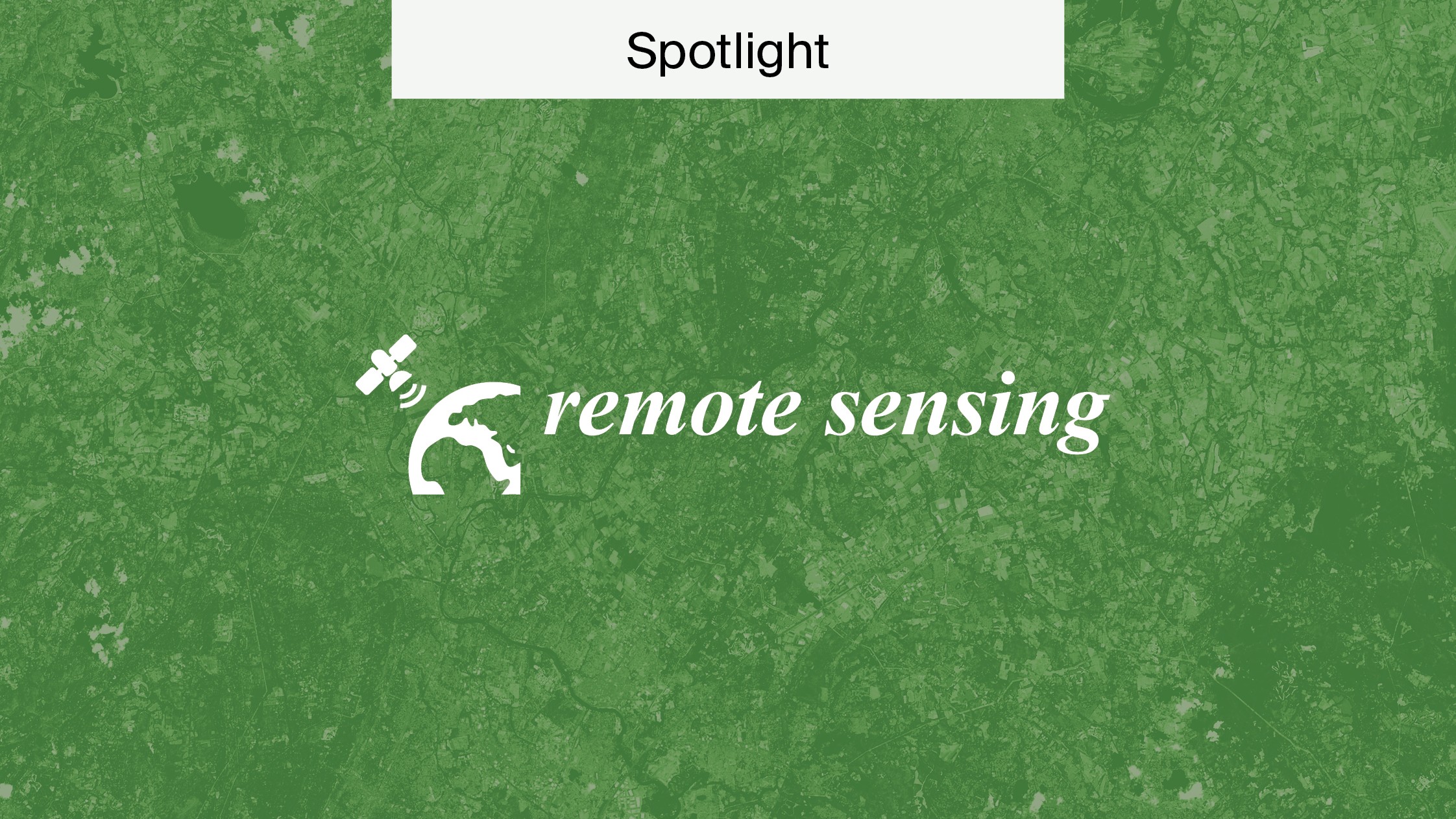
Semiotics and Murakami’s Norwegian Wood
When I sat down to read Jacob Wayne Runner’s piece on semiotics and Murakami’s Norwegian Wood, I kept remembering this thing I read that went something along the lines of “whenever a cat shows up in a Murakami book, things will get interesting”. I suppose when my cat hopped into my lap while reading, I should have known that things would be different than what I expected.
What is “semiotics”?
Take a look at the picture above. How many different types of languages and symbols do you see?
At its core, semiotics is the study of signs and symbols, as well as how they are used and what their interpretations can be. The study of signs and symbols goes all the way back to Plato and Aristotle, but I’d wager that humans have been wondering about the meaning of these things since the beginning.
As a concept, semiotics is applied in many fields, from computer sciences to cultural anthropology. Here, we’ll be narrowing our view to focus on script and language—Japanese in particular—and how it creates meaning.
The Japanese alphabet(s)
English, despite the raw size of its vocabulary, only has one alphabet. Japanese on the other hand, has four—kanji, hiragana, katakana and Romanji (or the Roman alphabet). As Runner notes in his piece, there is a “flexibility and creative syncretism that is made available by virtue of written Japanese’s systemic open-mindedness in terms of script and linguistic multiplicity.” There is immense flexibility in writing in Japanese because of the extensive aesthetic potential of this multiplicity. Each of these alphabets has some common associations ascribed to them (which Runner cites from Robertson’s work).
To describe each of these in a very rudimentary way, kanji are the characters which have associated words, hiragana and katakana are effectively the symbols associated with specific sounds (ha, he, hi, ho, hu, for example)—and these two alphabets are interchangeable in the sense that they cover the same “sounds”, though they are visually distinct from each other.
Here we’ll just briefly cover a few of those examples:
Hiragana
- Feminine, soft, smooth, intimate, elegant
Katakana
- Novel, foreign, young, male, angular
Kanji
- Scientific, rigid, learned, visual, intellectual
Romanji
- Prestigious, global, decorative, cool, symbolic
When you have so much in terms of choice, it’s easier to create imagery through the alphabets (and not through the word choice). This isn’t to say that word choice is irrelevant, only that there are more options that exist.
The English alphabet
Japanese seems to have more meaning that can be applied in the context of semiotics as there are more symbols. When it comes to creating emphasis in English, there are some limitations that exist. With one alphabet (and two versions of each letter—upper and lowercase), italics, bold, underline, etc., are the typical go-tos for creating emphasis of some kind.
This means that there might be more flexibility possible in how a writer uses the visual representation of the alphabet, to improve/change how the reader interprets the symbols of the alphabet in addition to the meaning of the prose. This is what Runner refers to as the “auxiliary emblematic values with the potential to impact reader perceptions of the transcribed linguistic content”.
Norwegian Wood‘s semiotics as an example
In his paper, Runner uses Haruki Murakami’s book, Norwegian Wood, to illustrate how these semiotic devices are used. He uses a section from Murakami’s book to illustrate how the alphabets are used:
「ねえ、どうしてそんなにぼんやりしているの?もう一度訊くけど」
「たぶん世界にまだうまく馴染めてないんだよ」と僕は少し考えてから言った。「ここがなんだか本当の世界じゃないような気がするんだ。人々もまわりの風景もなんだか本当じゃないみたいに思える」
緑はカウンターに片肘をついて僕の顔を見つめた。「ジム・モリソンの歌にたしかそういうのあったわよね」
「People are strange when you are a stranger」
「ピース」と緑は言った。
「ピース」と僕も言った。(Murakami [1987] 1991b, p. 246)
“Hey, why are you spacing out like that? I’m asking again”.
“Probably I’m not used to the world yet, you know”. I said after I thought for a bit. “I get the feeling somehow that this place is not the real world. The people and the surrounding scenery like somehow seem not real”.
Midori rested one elbow on the counter and stared at my face. “I’m pretty sure there was something like that in a Jim Morrison song, right?”
“People are strange when you are a stranger”
“Peace”, said Midori.
“Peace”, I also said.










